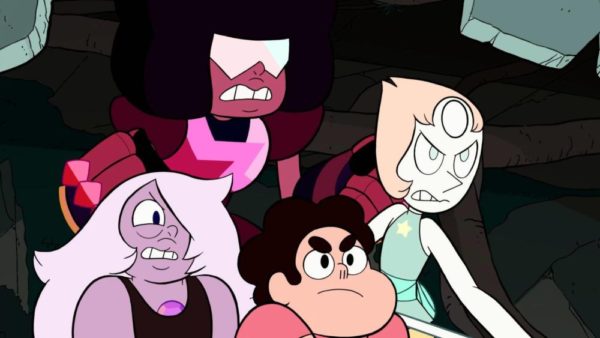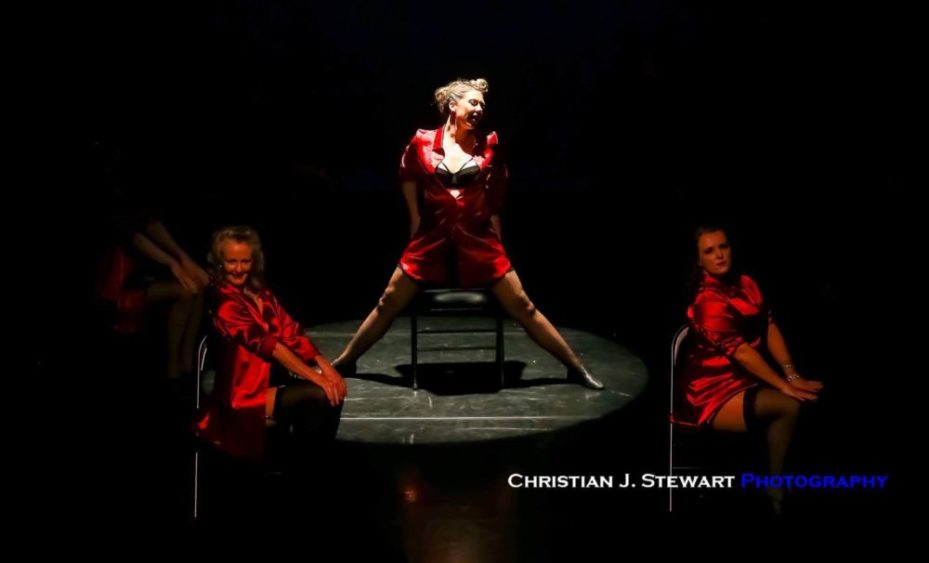Bromances and Disney Villains: Queerbaiting in Contemporary Media
In September of 2016, Jeffrey Tambor was awarded the Emmy for Outstanding Lead Actor in a Comedy Series for his portrayal of Maura Pfefferman in Amazon’s Transparent. The show follows the self-absorbed and dysfunctional Pfefferman family through the lens of Tambor’s Maura after coming out to her family about identifying as a woman. It has been praised by critics for its sophistication in dealing with the subject matter (Maura could have quite easily been a cheap joke instead of a nuanced character), and the production is also noteworthy for giving preference to transgender applicants when hiring staff. While it has also been criticized for a variety of reasons (casting cisgender Tambor to play trans Maura to name one), but the mentality of showrunner Jill Soloway and the entire production has largely been one that is foreign to mainstream pop culture:
Representation matters.
It is a mentality seen clearly in Tambor’s acceptance speech for the Emmy. “Please give transgender talent a chance. Give them auditions, give them their story…” He said. “I would be happy if I were the last cisgender male to play a transgender female.” While there is still a lot of progress to be made, things have improved even since Transparent first aired in 2014. Shows aimed at a variety of different ages and demographics, like Steven Universe (a cartoon about non-binary queer aliens raising the son of their deceased leader alongside his human father while also protecting the Earth) and Orange is the New Black (a comedy-drama based on Piper Kerman’s memoir of her time in a minimum security women’s prison), have seen a lot of success while maintaining a diverse cast of characters.

But then, not all shows have been so quick to adapt their MO.
Even today it feels rare and novel to see queer characters outside of media specifically focused on queer relationships (see The L Word or Queer as Folk). Romantic subplots are an almost universal aspect of popular fiction even when they are not the explicit focus of the story, but the majority of relationships are centered on white, cisgender, heteronormative couples. Many of these relationships also end with one or both characters being killed (I’m looking at you Supernatural and The 100). While Bury Your Gays is technically a separate trope and issue, it is still related to this idea of teasing representation.
That is not to say that everything on TV or in the movies needs a hard quota for representation (although given Hollywood’s overwhelmingly homogenous hiring practices, it might be a good idea), but queerbaiting is especially frustrating for an audience that does not get to see themselves regularly represented in the media they consume.
For those who are unfamiliar with the term, queerbaiting refers to the practice of teasing LGBT characters in relationships using dialogue, queer coding, and tropes while either not confirming their identities or outright denying it. The implication is that this media is trying to appeal to an audience that is starved for representation without fully committing to it. Any clear or explicit commitment to queer representation runs the risk of alienating conservative fans. As such, media platforms and stories see the benefit of appealing to queer audiences, but aren’t willing to compromise ratings or viewership of the so-called mainstream fans.
Shows like Sherlock and Supernatural are some of the more infamous offenders, with both shows holding long track records of unfulfilled (and unfulfillable) gay romances. But aspects of queerbaiting can be seen in a wider variety of fiction than just live-action series aimed at a young adult audience. Disney villains, for instance, have historically been queer-coded. Men like Jaffar or Scar are effeminate, and Ursula is flamboyant and was based on a real-life drag performer. Not only is this coding almost exclusively seen in villains—characters who you are expected to dislike—their queerness is also never actually confirmed.
That is a very basic explanation of what queerbaiting is, but it doesn’t necessarily explain why talking about it matters. In terms of politics and social structures, queerbaiting acts as a steam-release on the pressure cooker of social change. By giving an inch to people pushing for that change, the people who control the means of production and distribution keep their power structures largely intact. The traditional Eurocentric idea of the gender binary is an integral part of the overall Western Capitalist power structure. According to Queer Theorist J.K. Gibson-Graham:
What if we were to ‘queer’ capitalist hegemony and break apart some of its consolidating associations? We could start by reimagining the body of capitalism, that hard and masculine body that penetrates non-capitalism but is not itself susceptible to penetration (this image conveys some of the heterosexism that structures contemporary social theory)…But how might we re-envision that body as more open and permeable, as having orifices through which non-capitalism might enter?…What violence do we do to these when we normalise all commodity production as capitalist commodity production? Surely the market is a mobile and membranous orifice into which can be inserted all kinds of non-capitalist commodities, whose queer presences challenge the pre-eminence of capitalism and the discourses of its hegemony.
According to such theorists, genderfuck is a weapon against the patriarchy. Another theorist, Lee Edelman, expanded on this idea in his book No Future: Queer Theory and the Death Drive. He puts forward the idea that queer people are in the unique position of being able to disrupt the reproductive drive of Western society.
To Edelman, sodomy means to fuck asses and the social order.
I think I can guess what you are thinking right about now. “Can a gay character in a CW show or a non-binary one in a cartoon really lead to destabilizing the systemic structures of power that Western capitalist society is built on?” And the answer is maybe. And maybe not. Queer theory is constantly changing and adapting in the face of ongoing discourse, the same way that any other strain of critical theory does. But more queer representation—especially positive representation—means more people are realizing that they are queer. It means this thing that used to be taboo is slowly becoming normalized, and the structures of power under which it was taboo will be forced to adapt or die.

A reasonably common criticism of the push for more representation is that there are statistically so few people who identify as being queer. According to Statistics Canada, in 2015 roughly 3% of the population responded to a Canadian Community Health Survey as being either gay or bisexual. Taking that number as gospel for a moment, that works out to being just over 1 million people in Canada alone. That is not insignificant on its own, but there is also very little survey data available for people who have a non-binary gender identity. That is a factor that is not often accounted for in survey questions, and, when it is, it cannot possibly turn out accurate results. Avoiding the stigma against transgender and non-binary people incentivizes individuals to lie on such surveys, and still other people might have never been exposed to the concept and do not know if it would even apply to them. All we can reasonably deduce based on this is that the number of queer people we see reflected in survey data is smaller than the true number.
But beyond the social and political reasons for better representation, putting aside the fight against archaic and oppressive structures of power, representation is still important. Queer people deserve to see themselves reflected in the stories they consume just as much as cisgender and heterosexual people do.
This essay series will aim to explore examples of queerbaiting in pop culture, while also highlighting examples of good representation. Ideally, it will help you to think more critically about the media you consume and will continue to foster a change in public consciousness. The idea of genderfuck might be one that you are not entirely comfortable with, but I want to really encourage you to steer into that feeling and address what about it makes me feel that way. Doing so could help you learn something new about yourself, or, at the very least, leave you better equipped to empathize with people who have a different lived experience than you do.
Sources
https://en.wikipedia.org/wiki/J._K._Gibson-Graham
https://en.wikipedia.org/wiki/Gender_bender#Genderfucking_and_children
http://www.tandfonline.com/doi/pdf/10.1080/03098269985623?needAccess=true
https://en.wikipedia.org/wiki/Lee_Edelman
https://www.statcan.gc.ca/eng/dai/smr08/2015/smr08_203_2015







